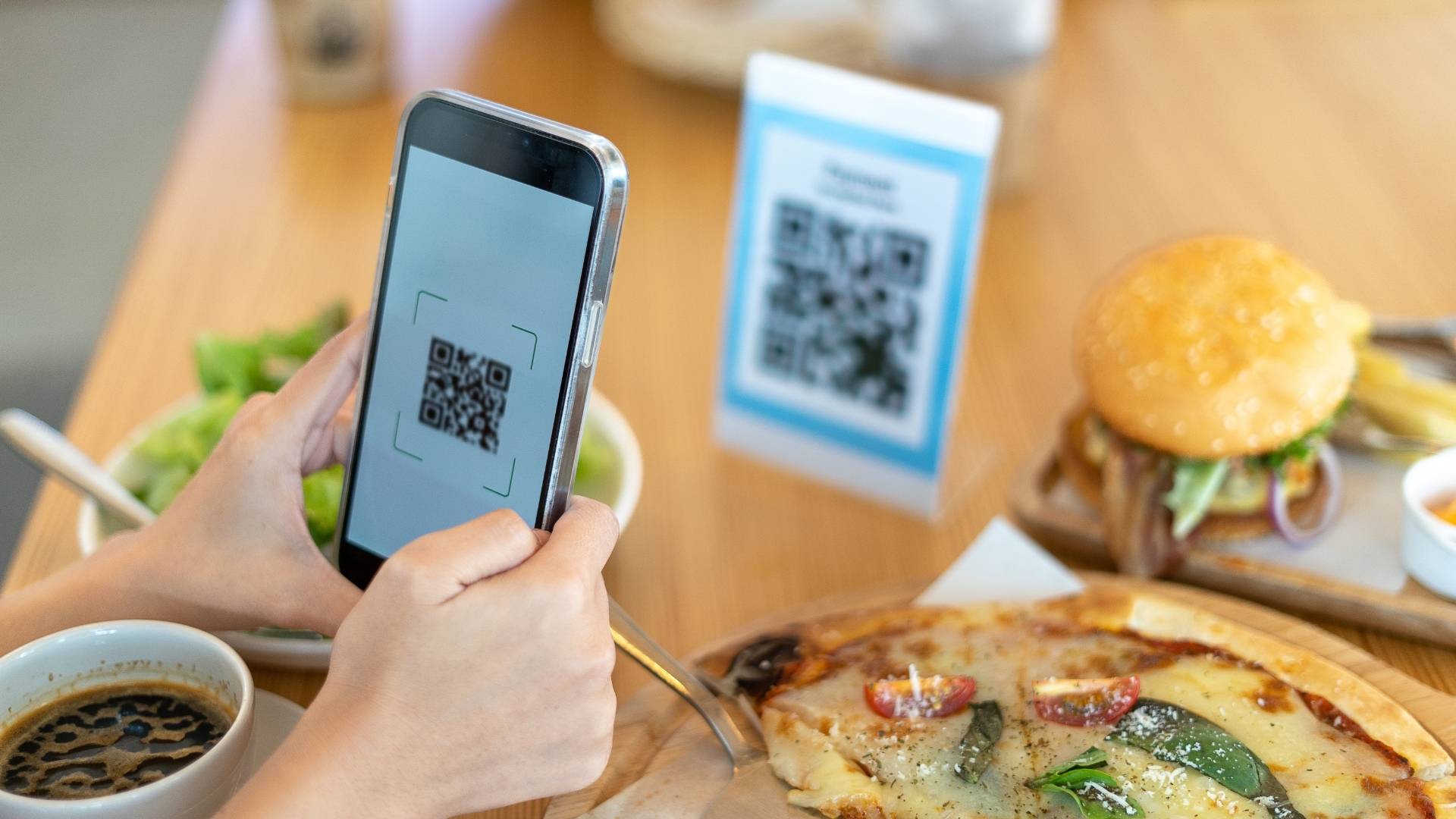
As a restaurant owner, there’s no greater validation than seeing your tables full, your staff busy, and your customers returning for more. Growth is exciting but it also brings one of the toughest decisions you’ll face:
Should you expand your current restaurant or open a second location?
Both options offer unique opportunities and risks. Let’s break it down and explain why food quality, operational consistency, and smart technology must be at the core of your growth decision.
Option 1: Expand Your Current Location
Expanding your existing space might be the most logical step if:
You’re constantly at full capacity.
Wait times are long and guests are turned away.
You already have loyal customers in the area.
In short, more real reviews = more business
Pros:
Familiar location and audience.
No need for new licenses, permits, or local market research.
Easier to train staff and maintain service standards.
Cons:
Construction downtime or disruption.
Physical or zoning limitations.
May not increase your brand’s visibility beyond current reach.
Option 2: Open a Second Location

Opening a new restaurant elsewhere can bring in fresh business, tap into a new demographic, and elevate your brand.
Pros:
Increased brand visibility and revenue potential.
Can serve new neighborhoods or cities.
Opportunity to scale your concept.
Cons:
Higher operational complexity.
Requires a new team, new permits, and local marketing.
Greater risk of inconsistent food taste and service.
Maintaining Food Consistency: Your Secret to Success
Whether you expand or open a second spot,
the #1 challenge is maintaining the same food quality, taste, and experience. Customers expect the same dish to taste identical no matter where they eat it.
1.Develop a Standardized Food Manual: Document all recipes, portion sizes, cooking instructions, plating techniques, and sourcing guidelines. A detailed food manual acts as a training and quality control tool—ensuring every chef can replicate your dishes flawlessly.
2.Use Smart Kitchen Technologies:
IoT kitchen scales to measure portions precisely.
Temperature sensors to maintain cooking and food safety standards.
AI tools for kitchen staff training and recipe compliance.
3.Invest in Digital SOPs and Video Guides:
Visual training materials (step-by-step cooking videos) help new staff understand how to prepare your signature dishes. These can be accessed via tablets in the kitchen or a staff mobile app.
4.Cloud-based POS and Inventory Management:
Centralized systems let you monitor ingredient usage, track trends, and sync menus across multiple locations.
Use Technology to Standardize Operations
Here’s how modern tech can make scaling smoother:
Cloud POS systems to unify order management and analytics.
Smart Scheduling Tools like 7shifts or Homebase for staffing.
AI-Powered Review Management Tools like Foodcus to automate and optimize online reviews.
CRM tools to track customer preferences and repeat visits.
Inventory AI to prevent food waste and automate ordering.
With the right tech stack, you’re not just duplicating a restaurant—you’re replicating a well-oiled brand experience.
Final Thoughts: Which Should You Choose?
If your existing location still has room to grow, expanding in place might be your best bet.
If your operations are rock solid and you’ve built a strong food manual and tech foundation, a second location can be the start of a scalable restaurant empire.
Before you decide, ask yourself:
✅ Can I deliver the same food quality at both locations?
✅ Is my team ready to manage operations in multiple places?
✅ Do I have the right tools and systems to support growth?
Growth is great but only when done with purpose, preparation, and a commitment to consistency.
